12 Energy-Saving Secrets That Keep Bills Under Control
Saving money on utilities starts with small changes around the home. Many of these changes are easy to make and can add up over time. From adjusting habits to making smarter choices with appliances, the results can be surprising. By taking a closer look at your daily routine, you can cut costs while still staying comfortable. Keep reading and see which tips you can start using today.
This post may contain affiliate links, which helps keep this content free. Please read our disclosure for more info.
Unplug Devices When Not in Use
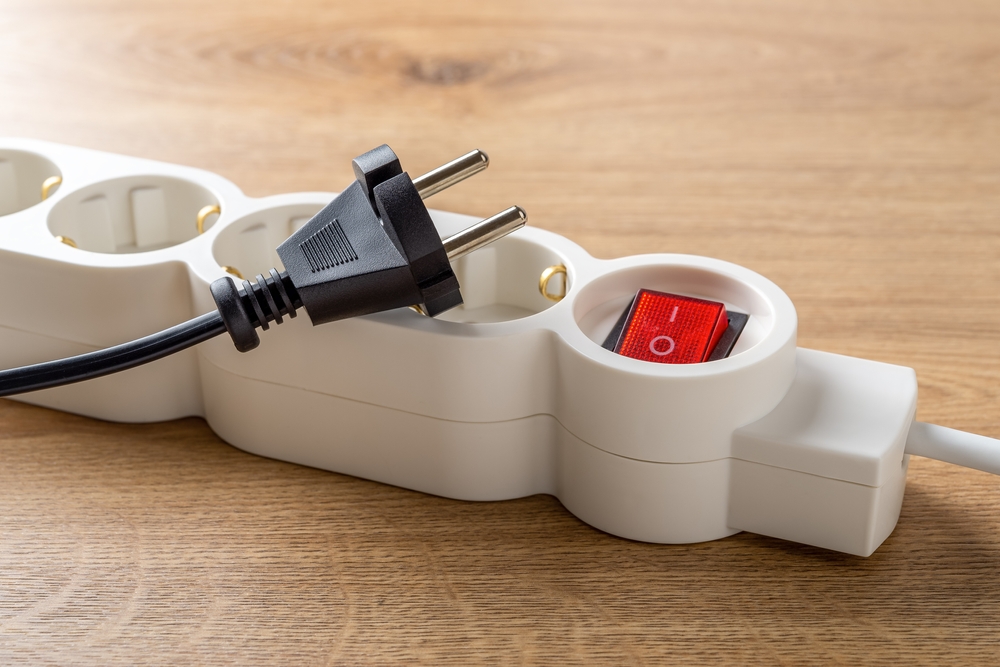
Many electronics use small amounts of energy even when turned off. Chargers, televisions, and computers left plugged in can slowly raise your bill. This hidden usage is often called standby power. By unplugging these items, you stop paying for energy you do not even use.
A simple power strip can make this step easier. Switch it off when the devices are not needed, and you instantly reduce waste. Over weeks and months, those small savings add up to noticeable results. It is one of the quickest habits to adopt at home.
Switch to LED Light Bulbs
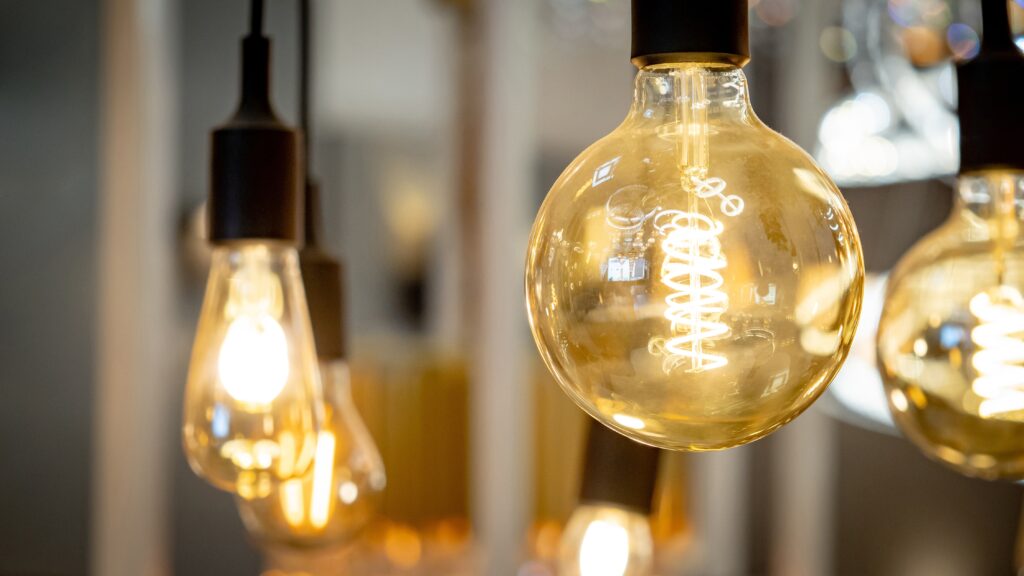
Traditional bulbs waste energy by creating more heat than light. LEDs provide the same brightness while using far less electricity. They last much longer, meaning you replace them less often. The upfront cost is higher, but the savings continue over years.
LEDs are now available in different brightness levels and colors. You can choose warm or cool tones to match each room. Many options are dimmable, giving you better control over usage. Making the change across your home can lower lighting costs significantly.
Adjust Your Thermostat

Lowering your thermostat slightly in winter and raising it in summer saves energy. Even a two-degree change can make a difference without reducing comfort. Your heating and cooling systems work less, which lowers your bill. This small shift is simple yet effective.
Programmable thermostats allow you to set schedules. You can reduce heating or cooling when no one is home or during sleep hours. This prevents wasted energy while keeping comfort at the right times. Over the course of the year, it creates steady savings.
Seal Drafts Around Doors and Windows
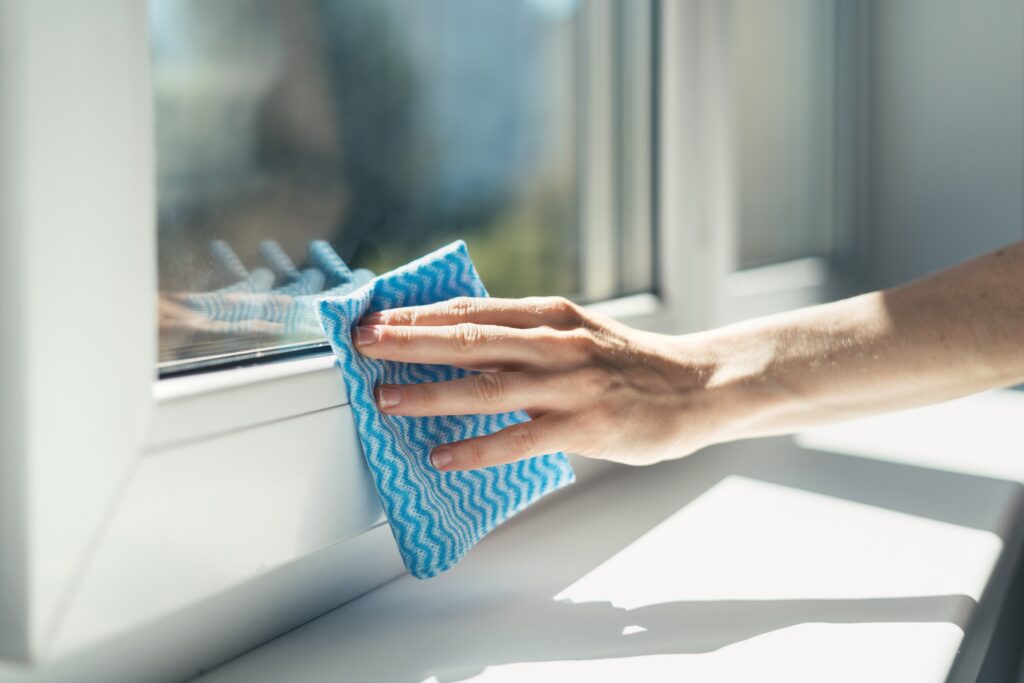
Air leaks around doors and windows make heating and cooling systems work harder. You may notice drafts or uneven room temperatures. Sealing these gaps keeps indoor air where it belongs. Simple tools like weatherstripping or caulk are often all that is needed.
Fixing leaks can lower energy use by reducing wasted airflow. You can test for drafts by holding a candle or incense stick near frames and seeing if the smoke moves. Small gaps can lead to big losses, especially in older homes. Addressing them keeps your space comfortable and costs lower.
Wash Clothes in Cold Water
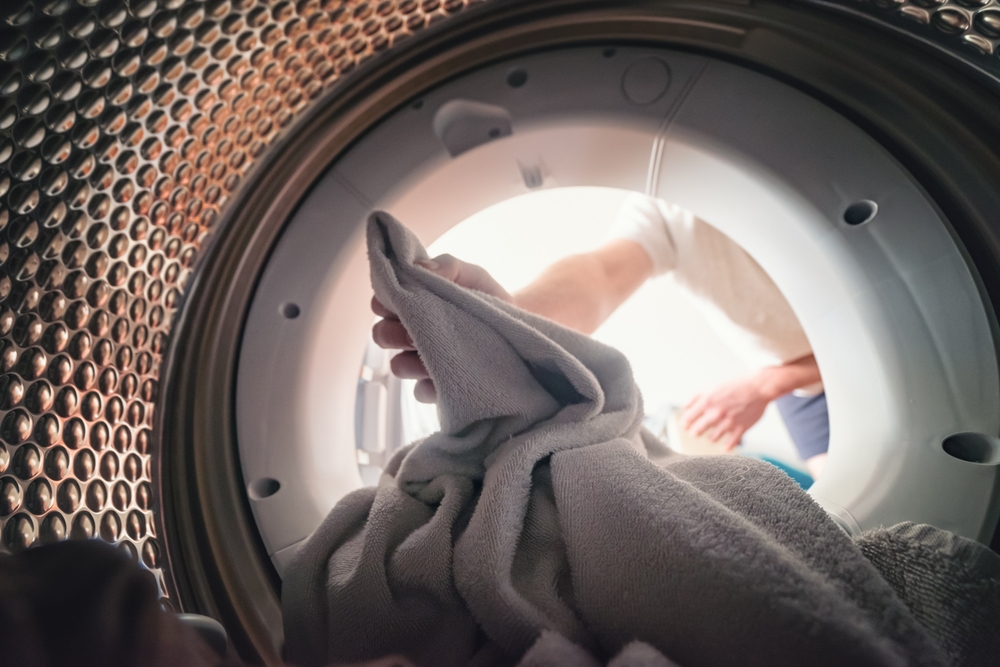
Most of the energy in laundry goes toward heating water. Cold water is effective for cleaning in nearly all cases. Detergents today are designed to work well without heat. This makes switching to cold washes a practical choice.
Clothes also last longer when washed in cooler water. Hot water can wear down fabrics and cause colors to fade. You save both money and clothing lifespan by changing your laundry routine. This adjustment is one of the simplest ways to cut costs.
Use Ceiling Fans Wisely
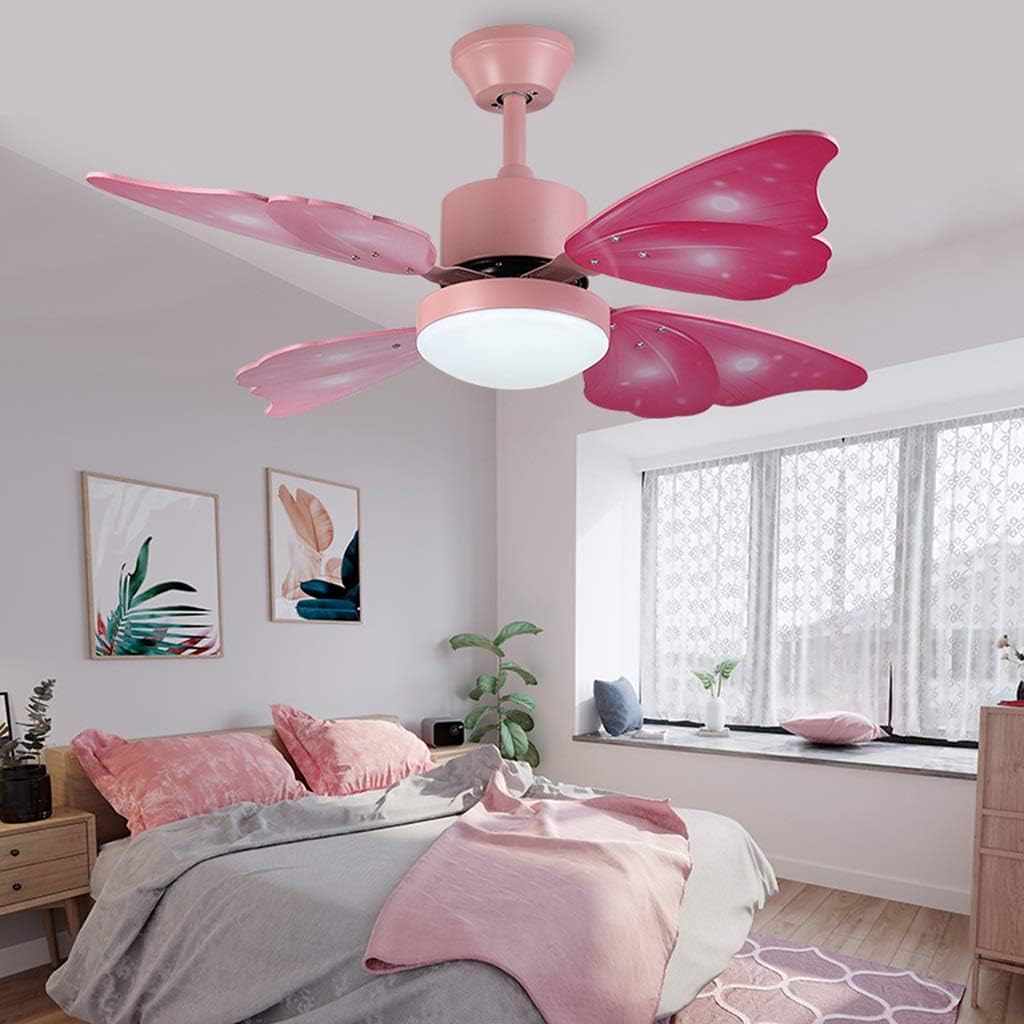
Ceiling fans do not lower the temperature but move air to create comfort. In summer, set them to spin counterclockwise to feel cooler. In winter, a clockwise rotation pushes warm air back down. This reduces how much you rely on your heating or cooling system.
Fans use far less energy than air conditioners or heaters. Turning one on can let you adjust the thermostat by a few degrees. This combination lowers costs while keeping rooms pleasant. Remember to turn fans off when leaving a room since they work only when people are present.
Upgrade to Energy-Efficient Appliances
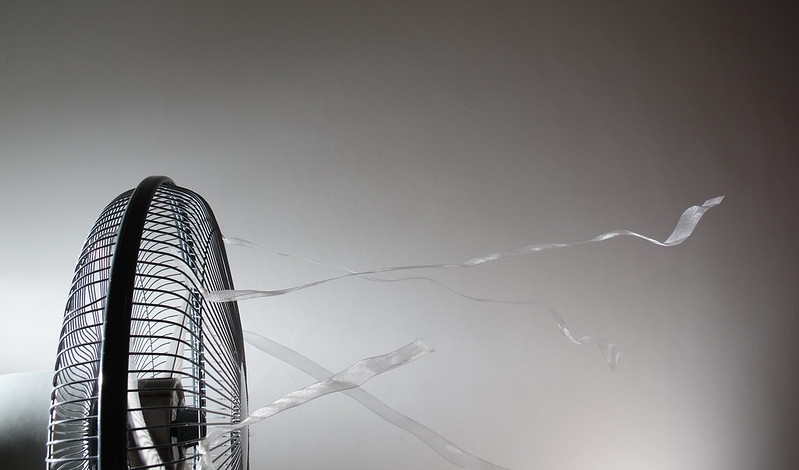
Older appliances often use more electricity and water. Modern models are designed to use less while still performing well. Refrigerators, washing machines, and dishwashers are common upgrades. The initial price may be higher, but savings come back over time.
Look for appliances with clear efficiency ratings. These labels show how much energy or water is used each year. Choosing wisely can lower household costs by hundreds annually. Replacing appliances gradually is a smart long-term approach.
Take Shorter Showers

Heating water for showers is a major part of utility bills. Long showers use more water and energy than you may realize. Reducing time in the shower cuts both costs at once. Even a few minutes less can make a difference.
Low-flow showerheads increase savings even further. They provide good water pressure while using less per minute. Together with shorter showers, they create a noticeable change. It is a small lifestyle shift with ongoing benefits.
Clean or Replace Air Filters
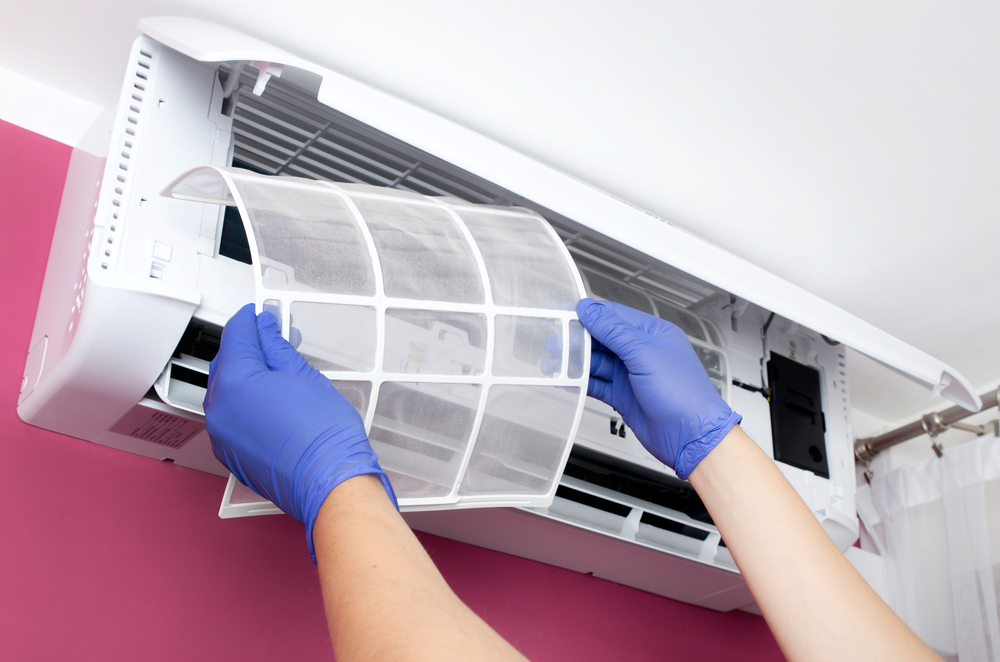
Air filters in heating and cooling systems collect dust over time. Dirty filters block airflow and force the system to work harder. This uses more energy and can raise bills quickly. Cleaning or replacing filters keeps things running smoothly.
Most filters should be checked every one to three months. A clean filter improves air quality as well as efficiency. It prevents strain on the system and avoids costly repairs. Regular attention here brings both comfort and savings.
Cook with Lids on Pots and Pans
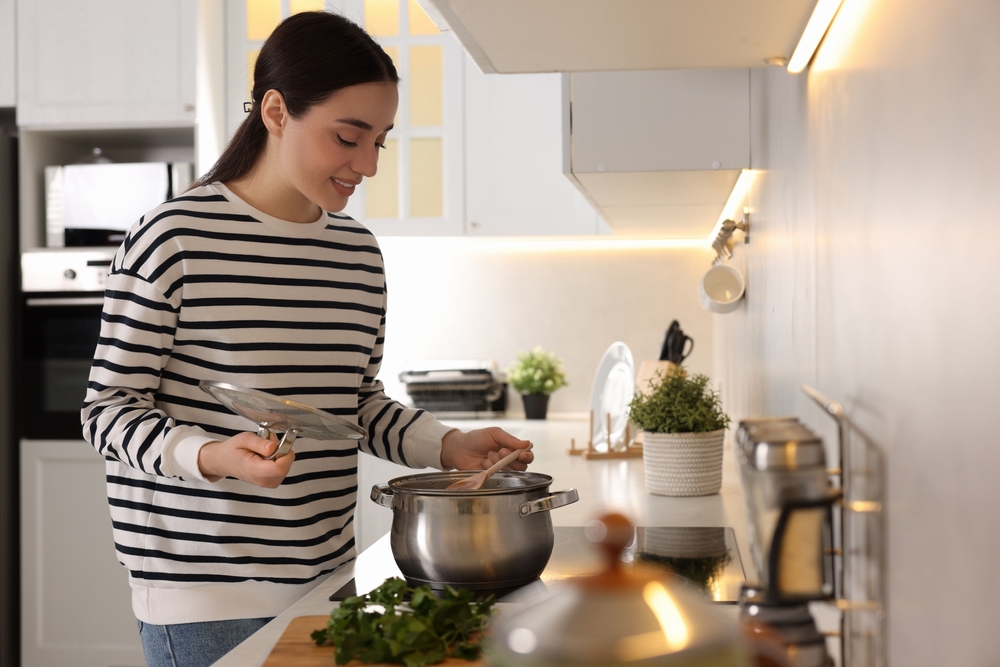
Cooking with lids keeps heat inside and speeds up the process. Food cooks faster and requires less energy to reach the right temperature. This works with both stoves and ovens. It is a simple kitchen habit that lowers costs without effort.
Matching pot size to burner size saves energy too. A small pan on a large burner wastes heat around the edges. Using the right size keeps heat focused where it belongs. These small changes make cooking more efficient day after day.
Air-Dry Clothes When Possible
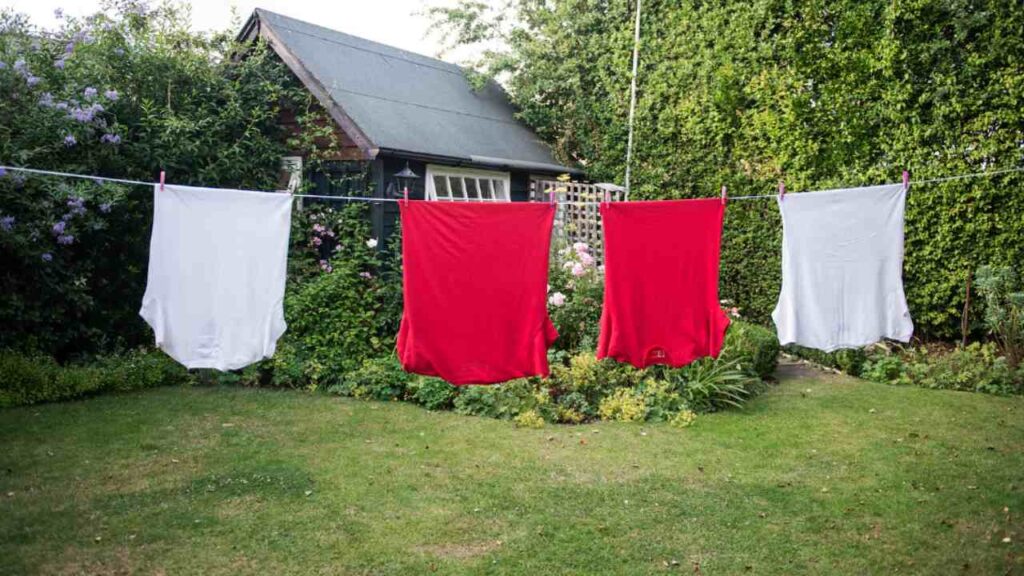
Dryers use a lot of energy compared to air drying. Hanging clothes on a line or drying rack costs nothing. It also helps fabrics last longer by reducing wear from heat. Even partial air drying can lower bills.
Consider drying heavier items like towels or jeans on a rack first. Then finish them in the dryer for a short cycle. This cuts drying time and energy use in half. Over the year, it leads to meaningful savings.
Use Natural Light During the Day
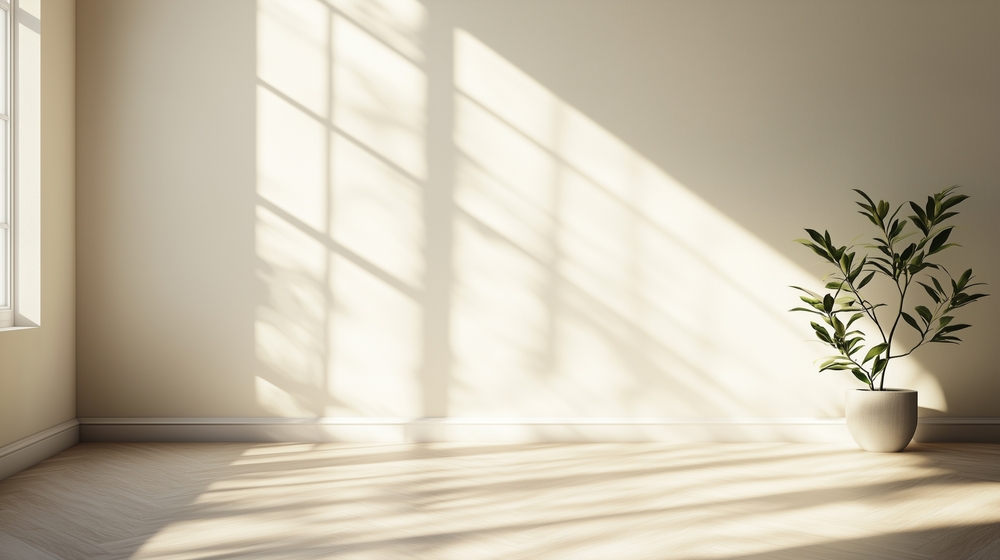
Relying on natural daylight reduces the need for electric lights. Open curtains or blinds to let sunshine in. Position furniture to make the most of window light. This creates a bright space without extra cost.
Natural light is good for mood and productivity as well. It makes rooms feel welcoming while lowering reliance on bulbs. In rooms with good windows, you may rarely need lights until evening. This is one of the easiest ways to save daily.
This article originally appeared on Avocadu.
